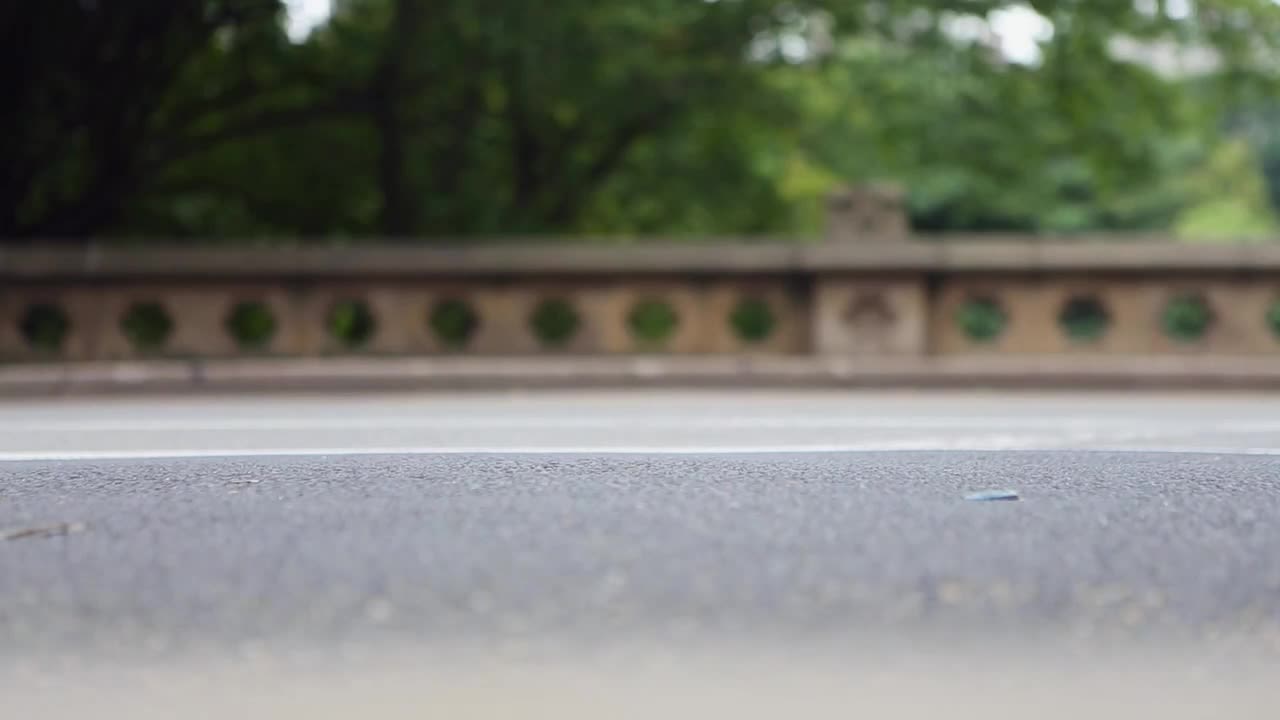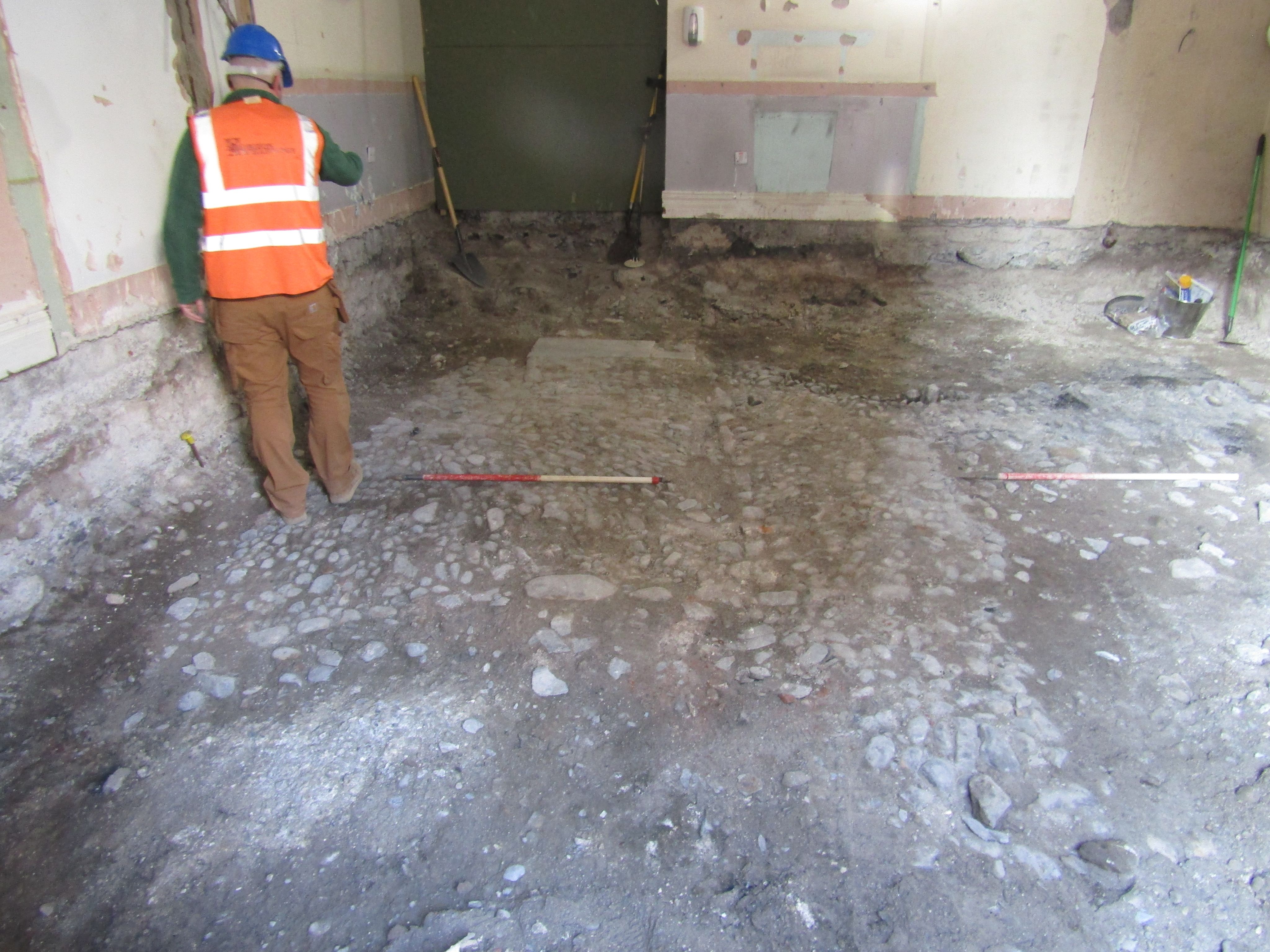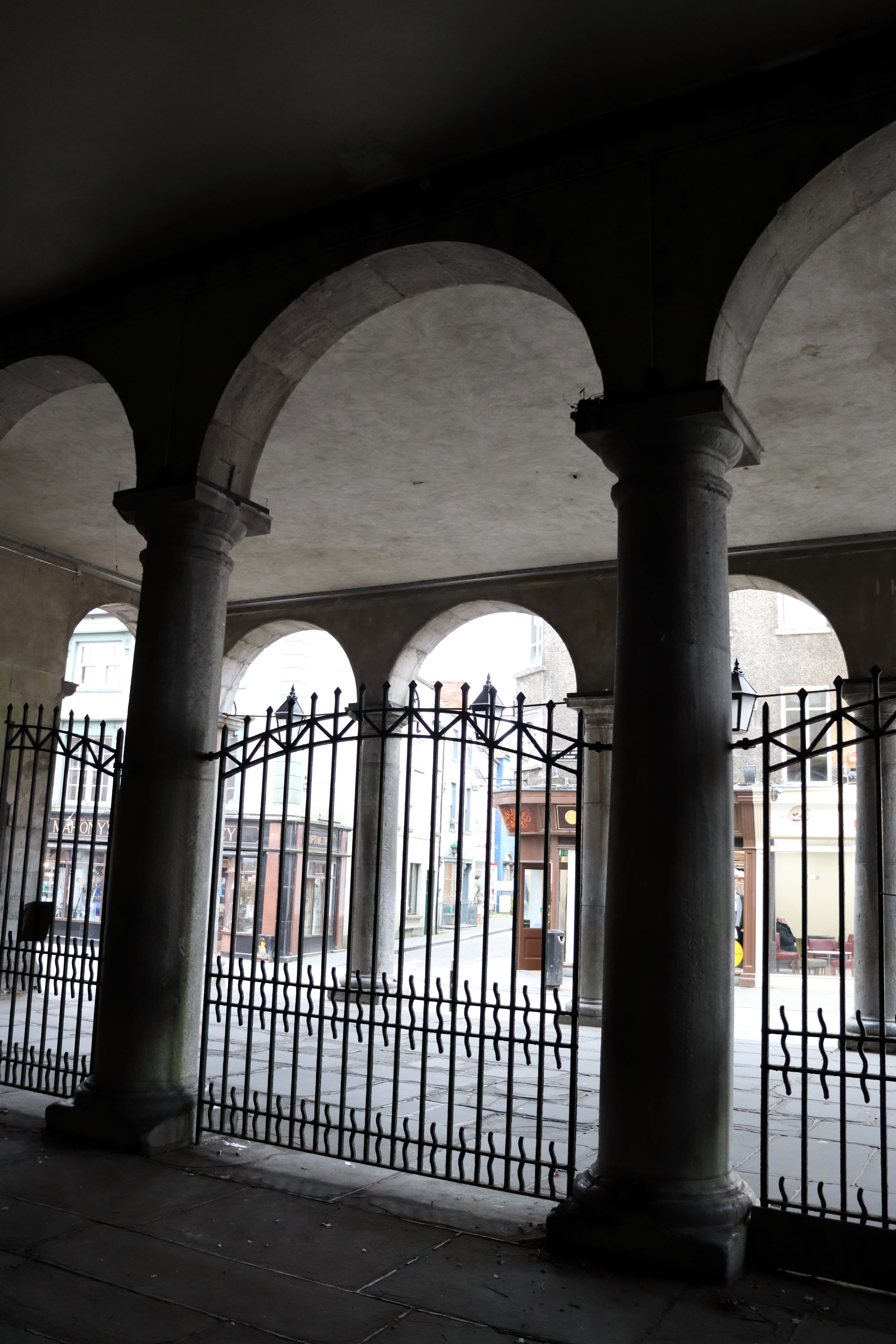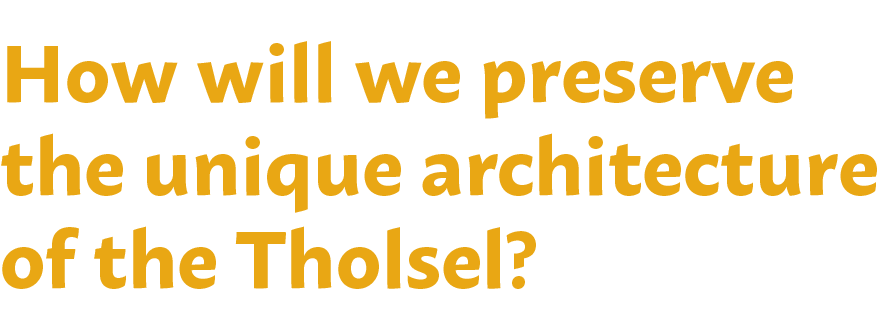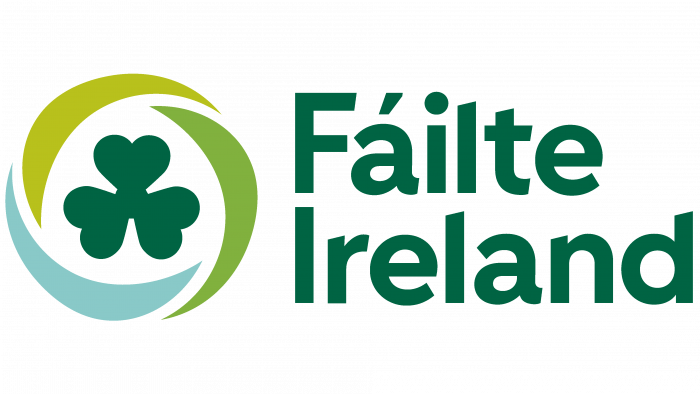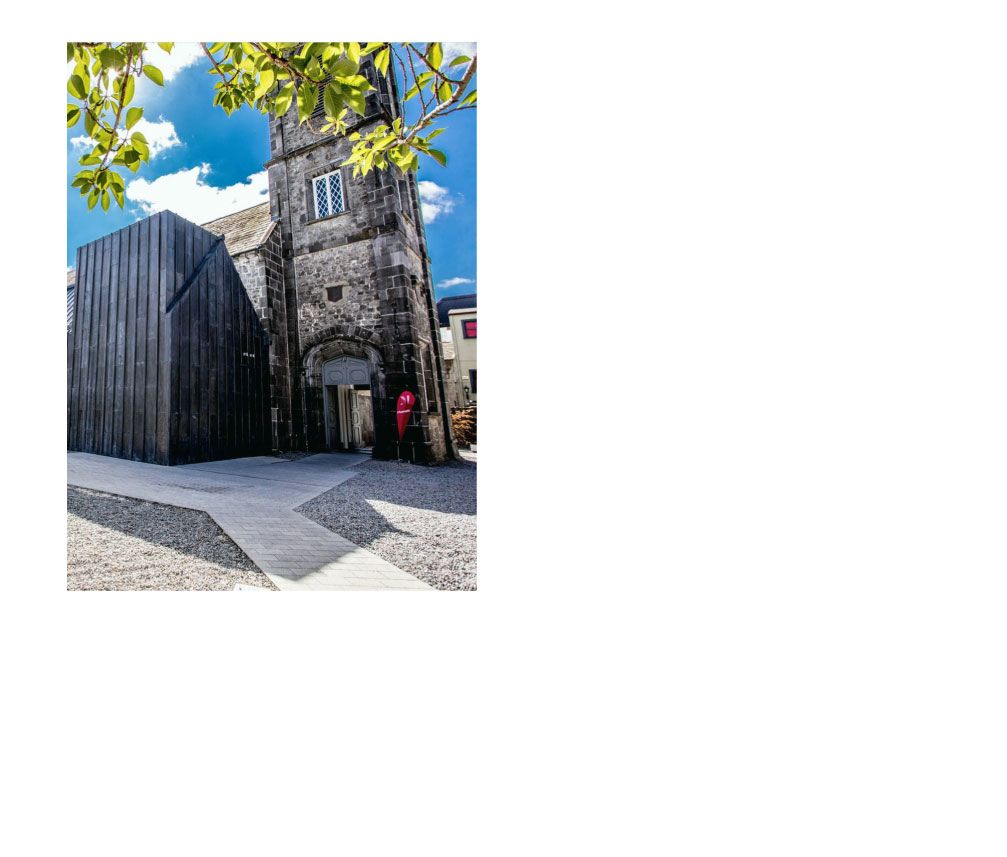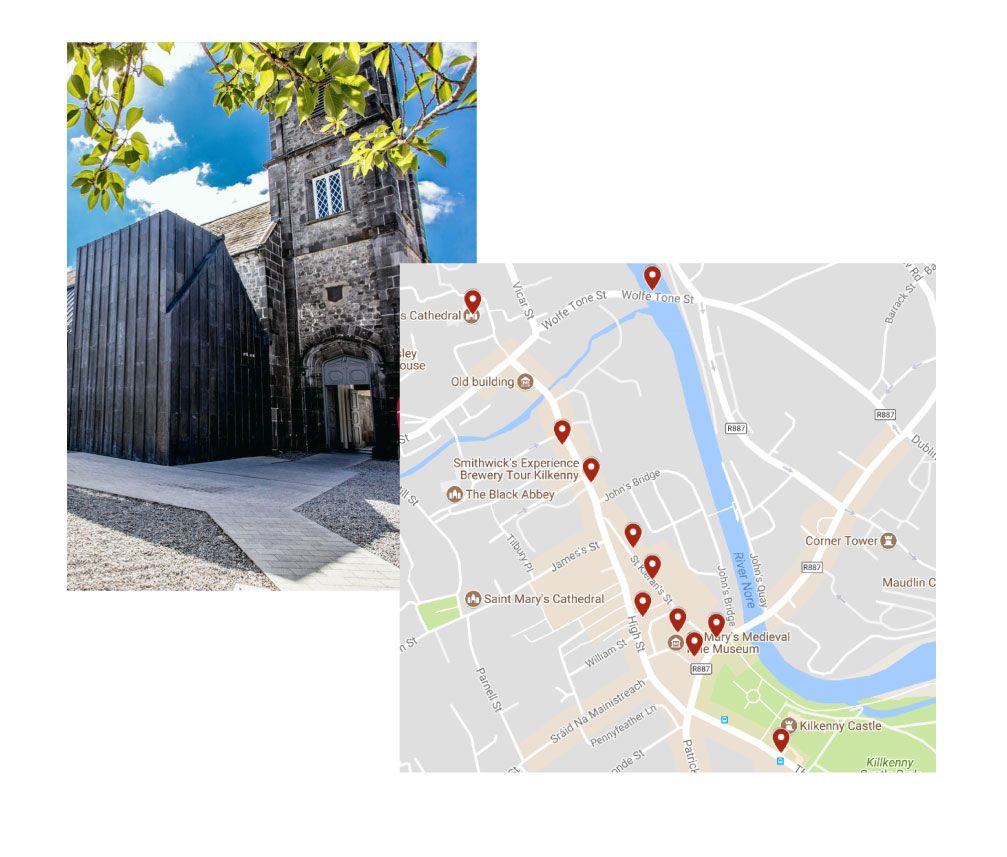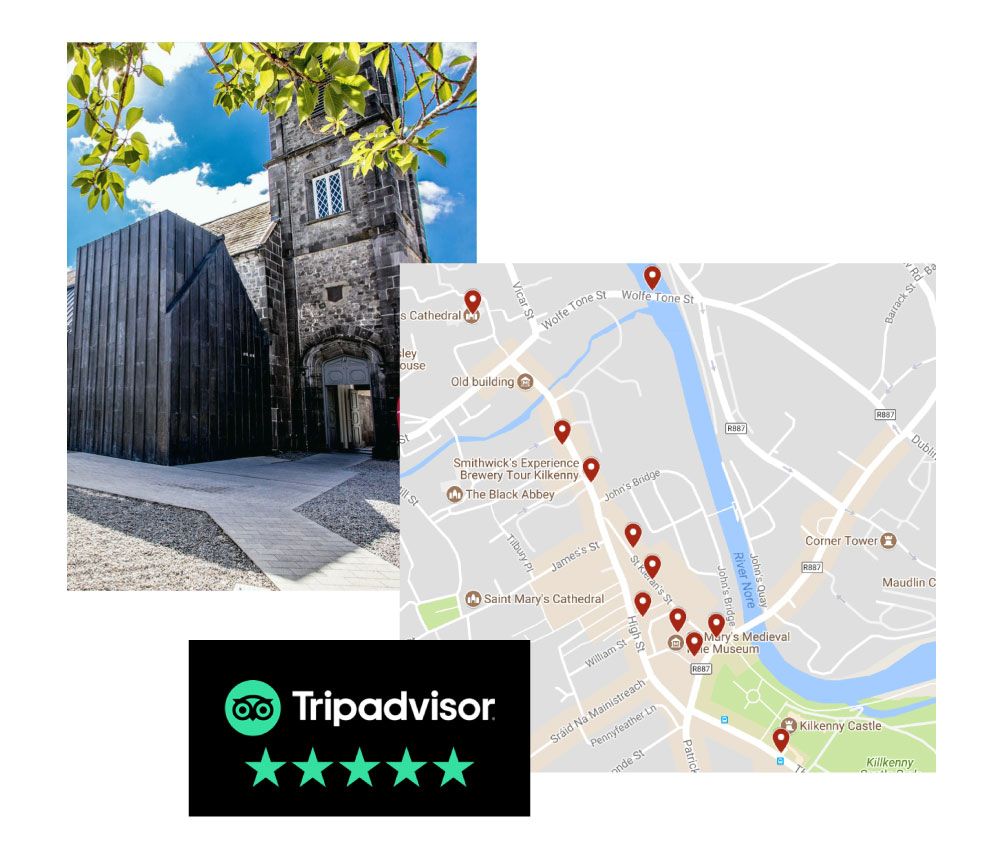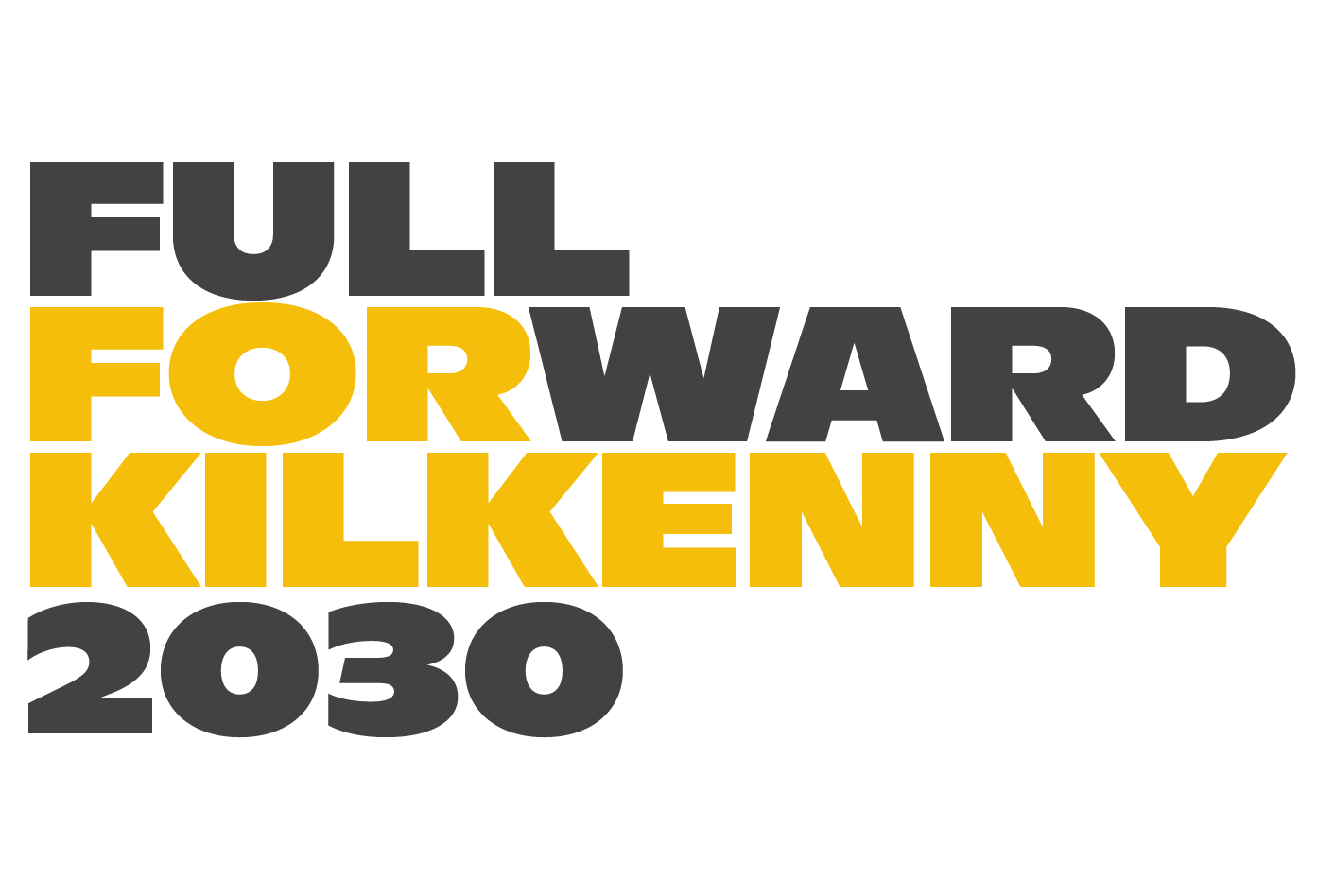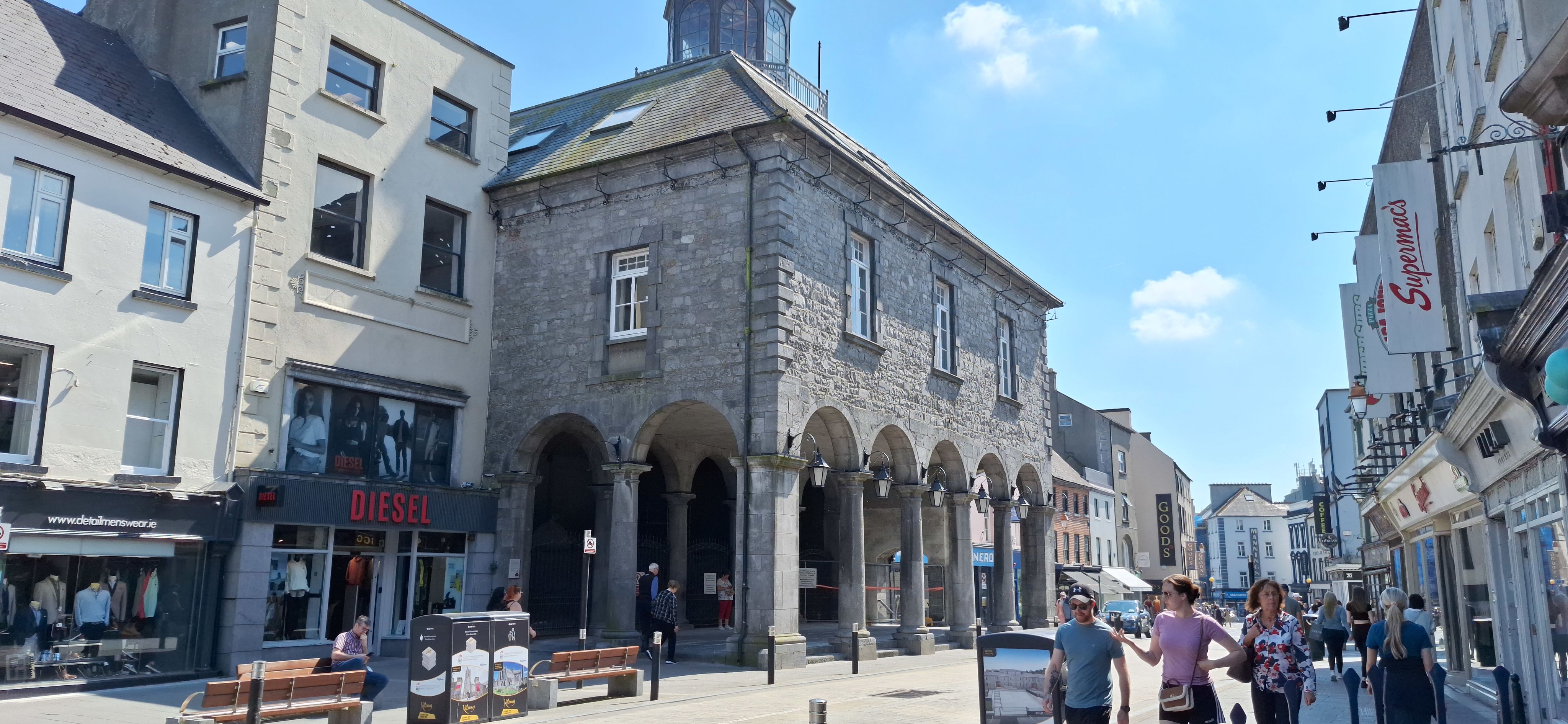
Perhaps more than any other, Kilkenny is a City shaped by its history and the people who fight to keep it alive.
This desire to preserve, protect but also to bring prosperity to the people of Kilkenny has led to ambition and transformation for the beautiful Tholsel building on Kilkenny’s High Street.

Although the Tholsel is being completely renovated, the Medieval Mile Museum at St Mary's is still open.
People can access St Mary's in the usual way via St Mary's Lane.

Apart from being an iconic part of Kilkenny, we want to continue investing in the rich stories that make this City so unique. The Tholsel will therefore become a key part of the Museum of Medieval Kilkenny - a collection of ancient buildings at the heart of Ireland’s medieval capital including St Mary's Medieval Mile Museum and a courtyard that will connect both buildings.
The last significant renovations to this historic building were made in the 1950s, a decade not renowned for its sensitivities to historic design, as the flat roof extension and the ugly old office layout will testify! Not accessible for people with disabilities and with a troublesome roof, the clock was ticking to safeguard the Tholsel building for future generations.“
While embracing its evolving role as a civic and cultural hub, the Tholsel will continue to serve as the centre for local government for the Elected Members of Kilkenny Municipal District. It will also remain as the home of the Kilkenny Municipal District Engineering Office, ensuring continuity in its essential civic functions.
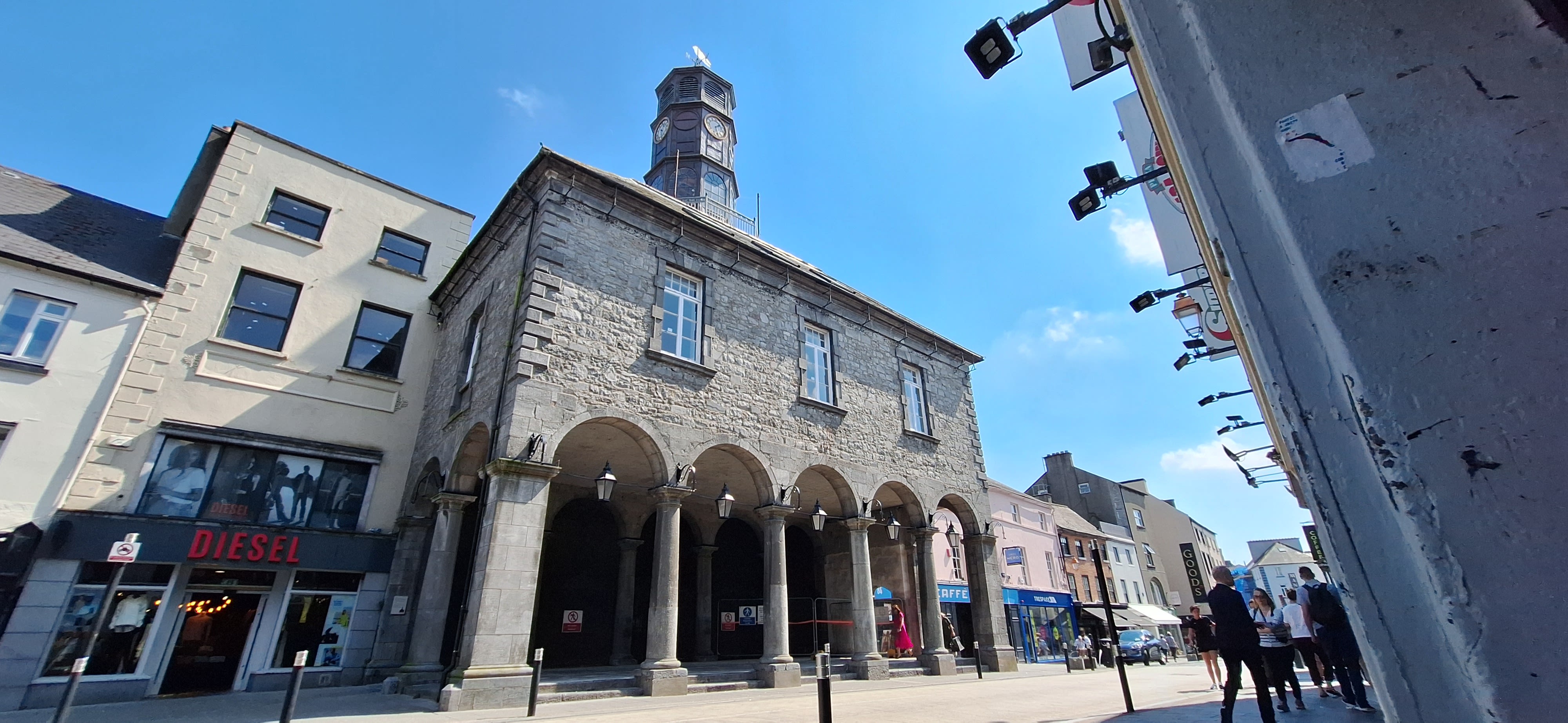
The Tholsel has had plenty of roles over the years - customs house, market centre, court house and home of local government, so it’s not surprising that the structure of the building has evolved over this time too!
Tholsel comes from the Anglo-Saxon words 'Thol' meaning tax and 'Sel' meaning booth or seat. Trump wasn't the first to introduce tariffs, when anyone wanted to sell goods in Kilkenny, they had to pay a tax at the Tholsel which was invested in improving the city. Kilkenny Corporation decided to move the Tholsel to its current site on High Street.
During these years, the Tholsel was rebuilt. The building is actually older than we thought previously. It's distinctive roofline was seen in a pen and ink drawing of Kilkenny dated to 1699.
As its purpose expanded, the Tholsel was rebuilt again to include the rear stairwell.
The Mayor’s new office was added to the south east rear of the building. It is thought that a new floor was constructed at this time over an 18th Century cobble yard and path that were found during recent excavations. After carefully removing these cobbles, the team of archaeologists have discovered over 10 human burials which are likely to be between 600 and 800 years old. Each body was wrapped in shrouds, each appear to be Christian and all were buried in simple earth dug holes. They also found some medieval pottery shards. It's clear that this part of the building was previously part of the graveyard of St Mary's Church. All human remains are being analysed to find out more about how these people lived and died.
The Tholsel was again remodeled to include the current curved staircase and the raising of the building height above it. The railings on High Street were erected in 1952 to 'deal with the abuses of the day' in the forecourt and to halt 'undesirable behaviour' in the area. What on earth were Kilkenny teens getting up to in 1952?
On the 20th September 1985, a major fire nearly destroyed the Tholsel and the valuable documents it contained. Town Sergeant, Mr Joe Stapleton discovered the fire, alerted the fire service and ran inside to rescue the 17th Century City Charters. It took 35 firefighters and 6 fire engines to put the blaze out. The fire was so large, the hydrants couldn't cope, so the might of the River Nore saved the building. Subsequent renovations saved the building but also removed some of its original features.
Anyone who has gone through renovations will know that even the best plans can be delayed especially when excavating an ancient building with a colourful past. We are currently on track to have all renovations complete by the end of 2026, and the Medieval Mile Museum in St Mary's remains open to the public.
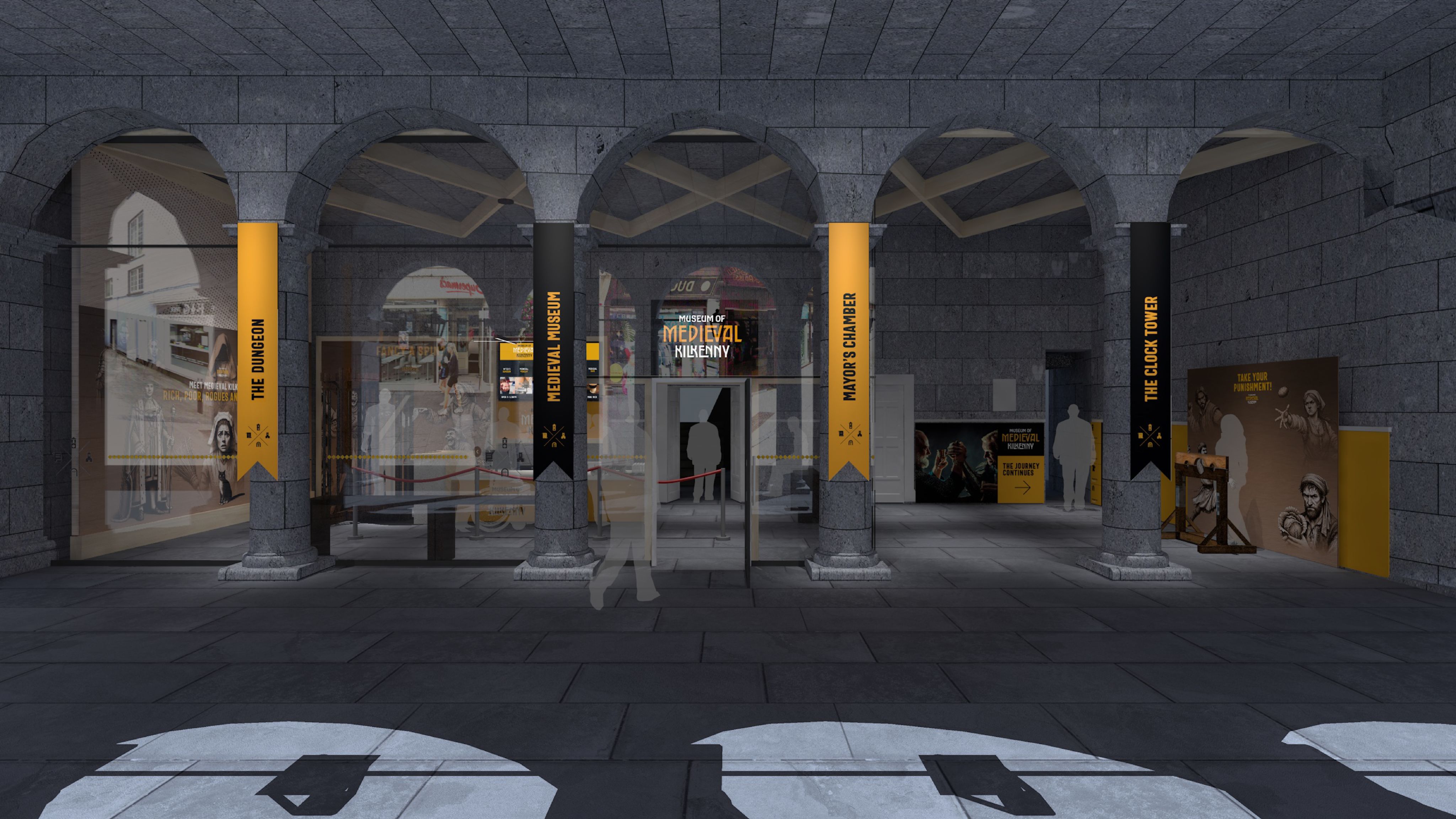

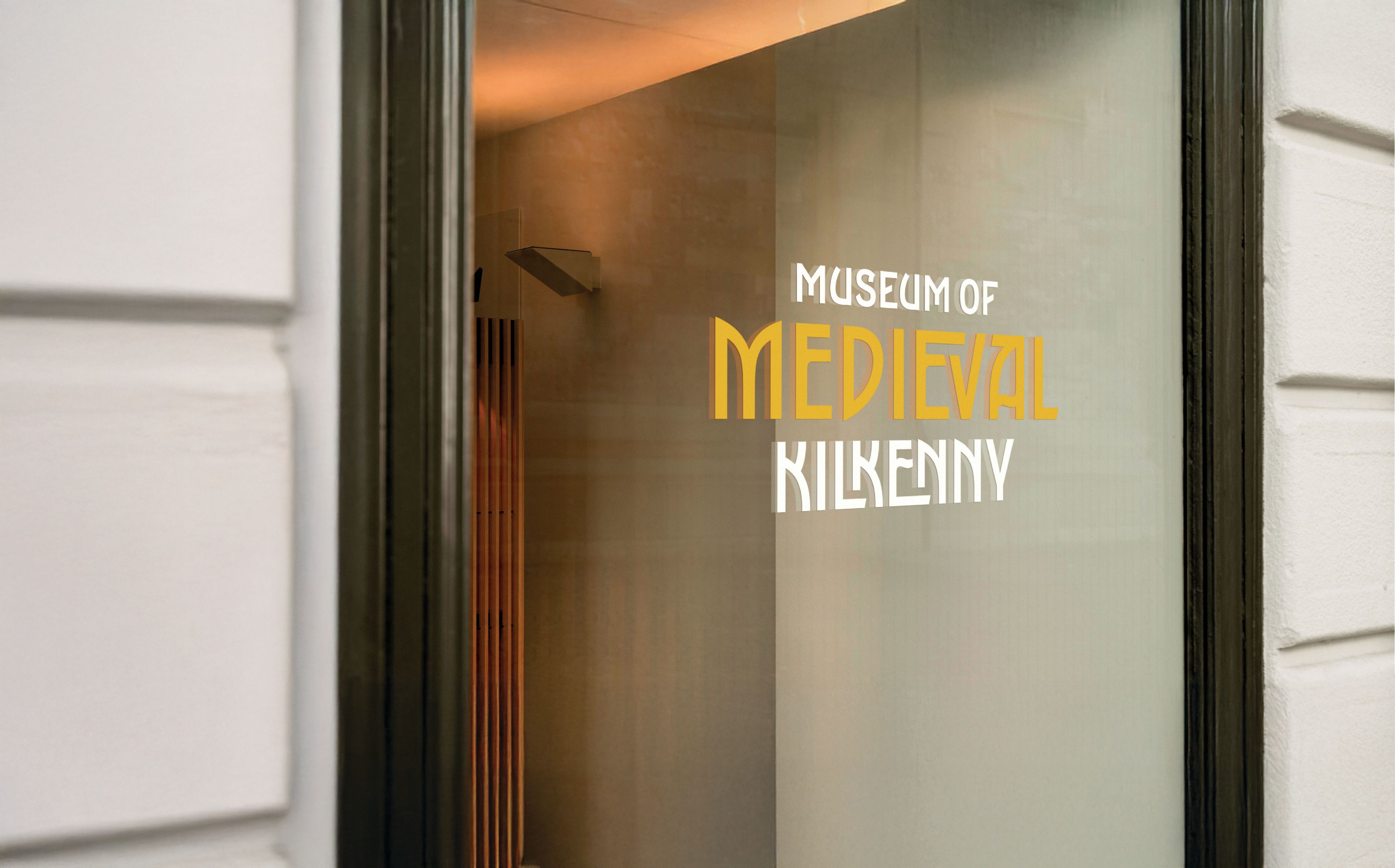
All changes are being made with full agreement from our Conservation Architects and the National Monuments Service. As with any large project, the more we work, the more challenges we uncover! Perhaps the biggest change will be the removal of the flat roof and a return to the pitched architecture of the original building. We will restore the heritage windows and replace newer windows interventions with a more sensitive design that is in keeping with the building's historical significance. The introduced mezzanine floor will be removed to recreate the original double height ceiling on the first floor. We want the Tholsel to be renovated with the same care and sensitivity applied to St Mary's. These two stunning buildings will be joined by a courtyard and together they will become the Museum of Medieval Kilkenny.
Along with telling another chapter of the story of medieval Kilkenny, this new visitor experience will drive more people into the 800 year old St Mary’s Church, also known as the Medieval Mile Museum. The plan is to link these two ancient buildings under one narrative - The Rich, The Poor, The Rogues and The Righteous. By telling the stories of the people who ran the city and lived in its streets, we want to take people back in time to feel the daily struggle for survival in medieval times.
Fáilte Ireland and Kilkenny County Council are joint funders for this project. Together our aim is to preserve the Tholsel, making it into a visitor attraction for all ages and using its proximity to St Mary's to create a new hub of activity. This new centre will increase visitors to the City Core and Kilkenny's historic treasures. The importance of the Tholsel as the centre of local government for Kilkenny City will be retained for both the Elected Council of the Municipal District of Kilkenny City and for the management and administration of City affairs.
The Tholsel will always be known as this by locals, but it will now be part of an overarching tourism concept called the Museum of Medieval Kilkenny which includes St Mary's. This is part of a plan to help visitors walk right through the City, from the castle to the cathedral, taking in the best of Kilkenny along the way. The creation of this journey is a key tool in contemporary tourism strategy, ensuring that visitors have an excuse to spend time in our shops, cafes, bars and restaurants, meeting the people that make our City so special.
The beauty of this ancient and highly significant graveyard will be preserved. Entry will be free, however, to help protect the fragile graves, visitor numbers will be restricted with a ticketing system.
Well, like anything, it’s not as simple as you might think. The Tholsel will become the reception area and home to a series of state of the art. technology-led tourism experiences including: The Witches Dungeon, The Medieval Tombs, The Clock Tower.
Then people will be able to walk across to St Mary’s, grabbing some refreshments in the enhanced outdoor space around St Mary’s Lane, before they head into St Mary's Church for the final stage of the visitor experience. This combination of serious museum and tourism experience will help Kilkenny to attract tourists and preserve its past in a sustainable way.

For more information on this project or updates, keep referring back to this webpage - it will be updated as the project moves towards completion.

Kilkenny is full of beautiful, historic buildings. To ensure they thrive well into the next century, we have given them purposes and then renovated them to suit this new need.
As we, in the medieval capital of Ireland know well, building walls doesn’t guarantee protection forever. In Kilkenny, we take a longer term, more careful approach to the conservation of our rich and varied built heritage, because in a City known for its passageways and slips, there’s no shortcut to protecting our incredible buildings.
There are two schools of thought. Either we preserve our many, very old buildings and show them off as relics for tourists to marvel at, or we preserve them and also put them to work for the local community.
In the City and towns, the sheer number of beautiful important heritage sites means that identifying and prioritising projects is a constant effort. Thankfully Kilkenny people are engaged and proud of what’s around them, so Kilkenny County Council is kept busy with calls from locals.
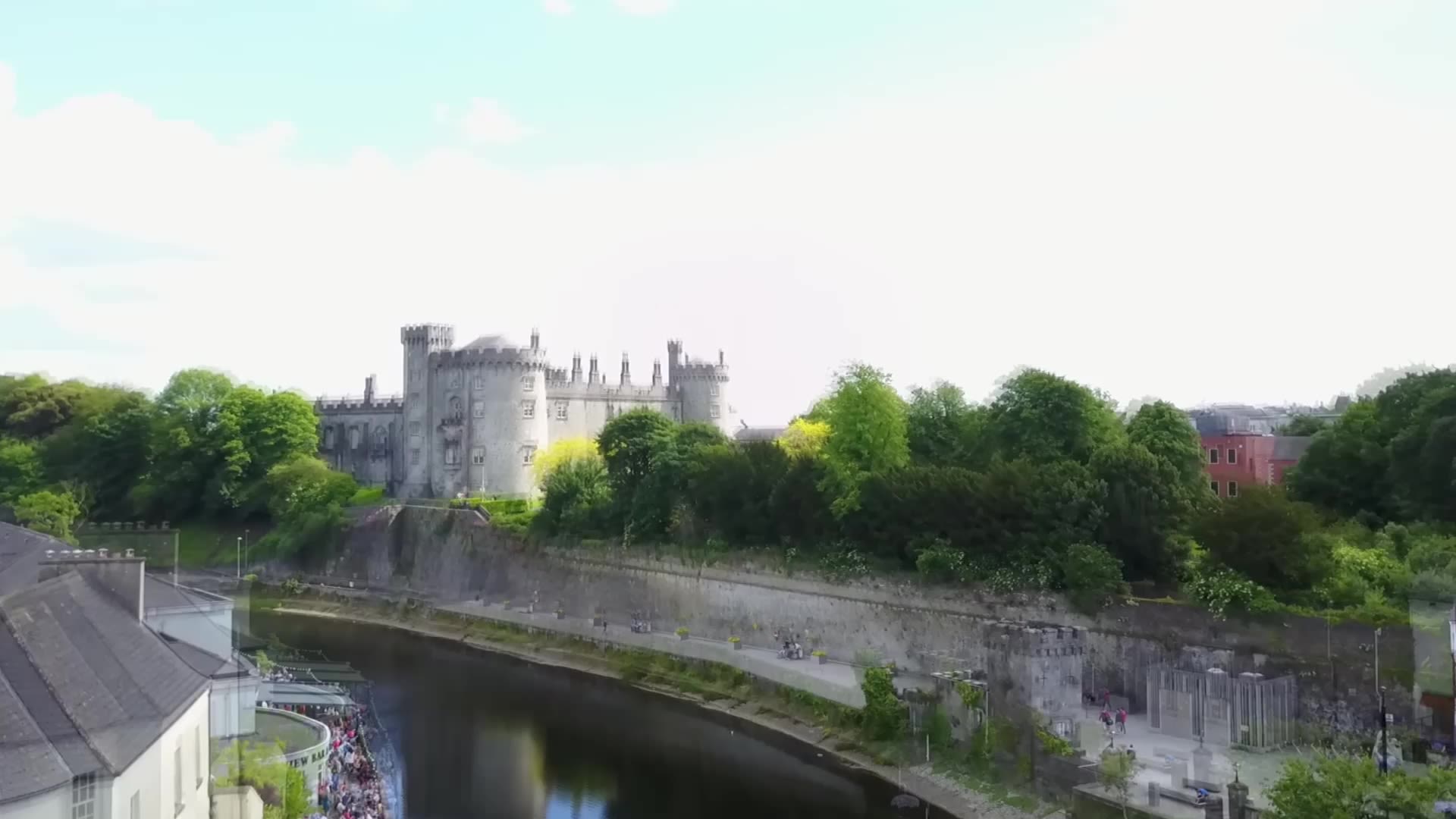
One such call was from Michael, the manager of a Supervalu store in Graiguenamanagh.
This heritage rich town dates back to 1204 when Duiske Abbey was formed. The Abbey, long abandoned but recently restored, remains the heart and soul of the town - the pride of the community. An ancient wall which happened to be in the car park of the Supervalu, thought to be the gable of the Abbot’s house or the Infirmary, was awarded €64,392.10 in 2023 for urgent conservation and stabilisation works.
Faced with population decline, the Graiguenamanagh/Tinnahinch Joint Local Area Plan 2021 outlined opportunity in the tourism industry and consolidation of the town centre as key ways to grow the town’s prosperity, supporting the argument that an investment in saving an old wall is also an investment in Graiguenamanagh.
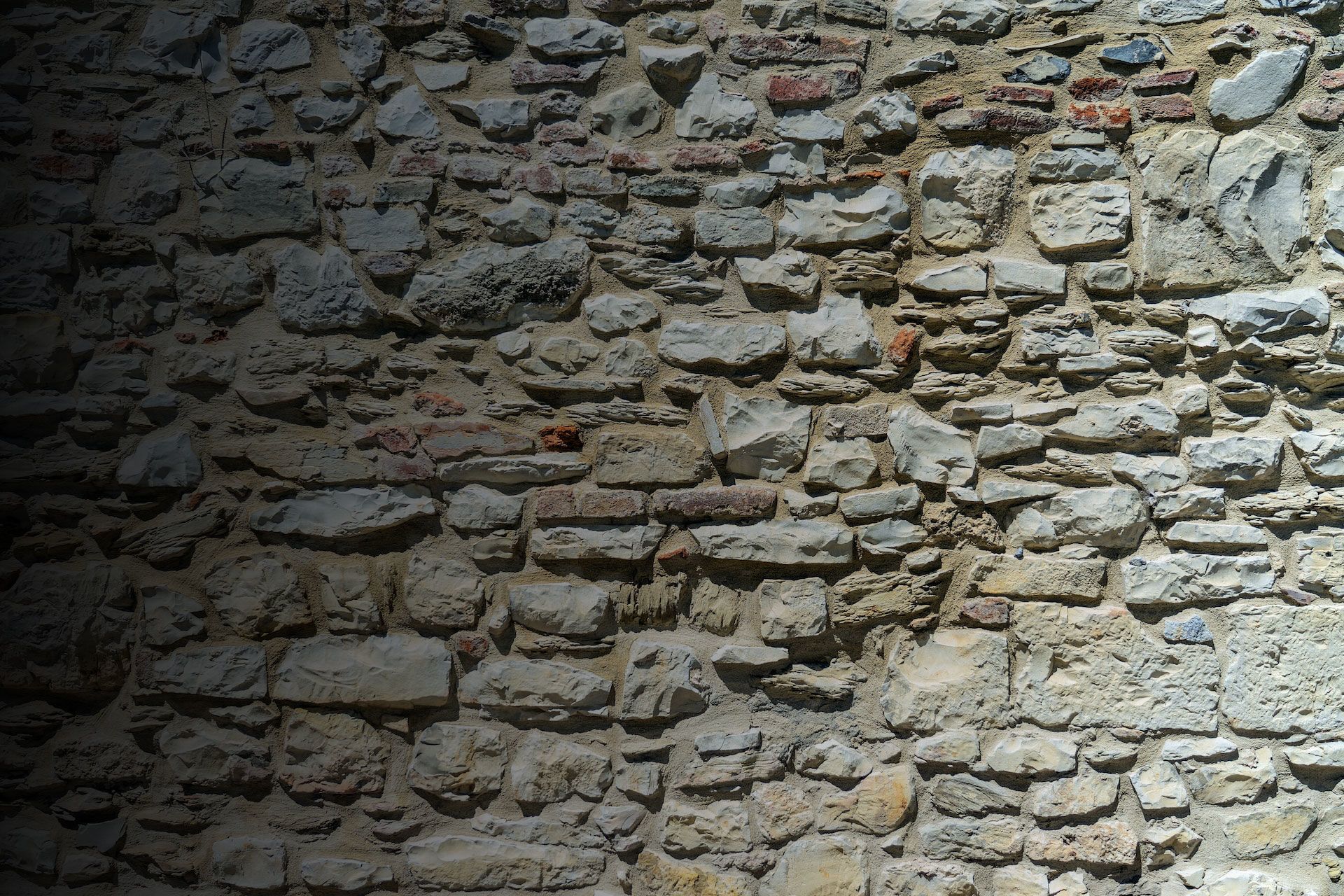
The subjects of heritage, ecology and biodiversity are close and interconnected.
So many of Kilkenny’s ancient graveyards are thriving habitats for birds and insects. Consequently the restoration and conservation of churches and graveyards often require specialist materials and skills.
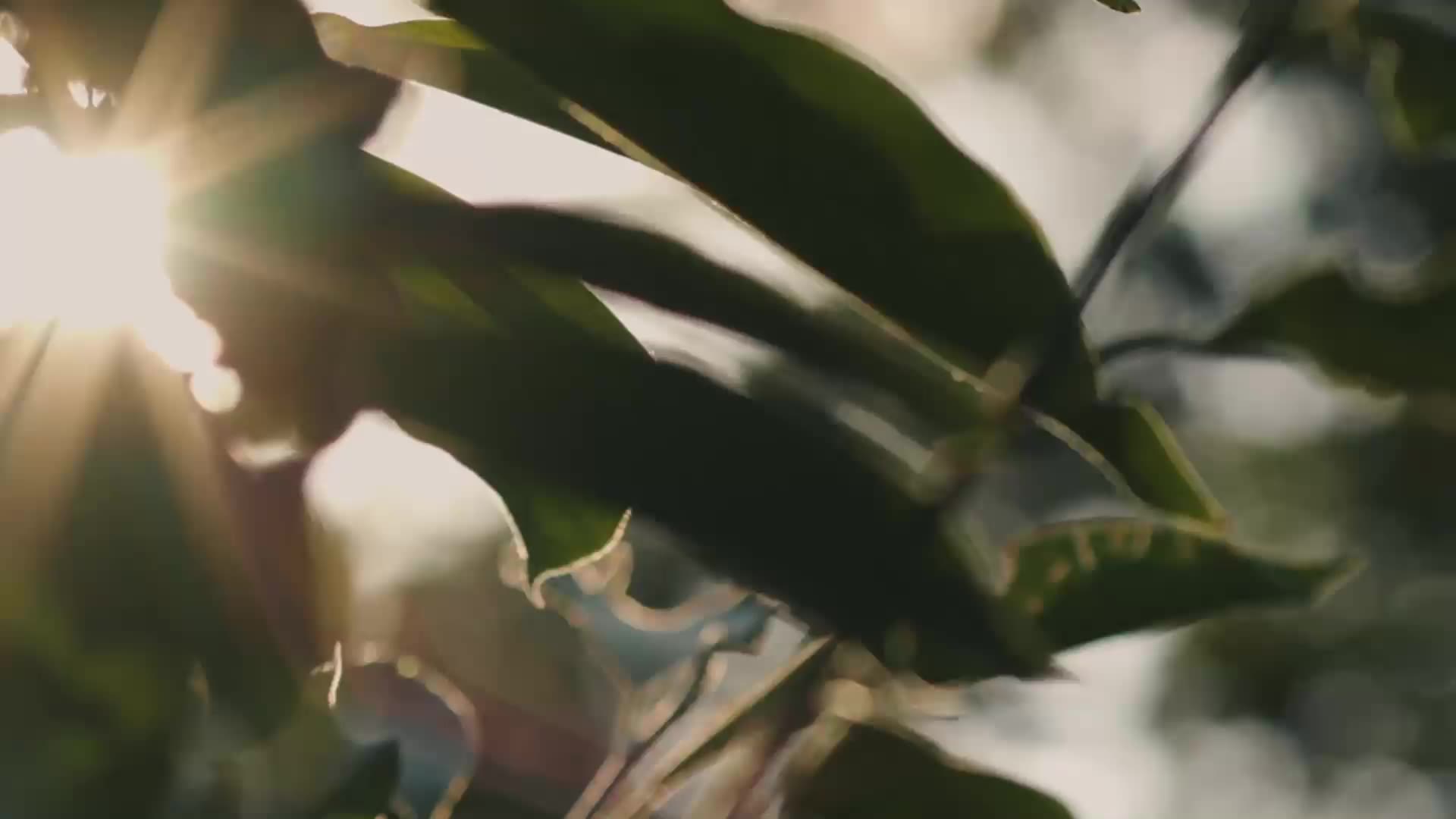
Thanks to large deposits of sandstone and limestone in the area, Kilkenny has a long tradition in stone carving. The heritage left behind from this ancient craft is slowly degrading with every century that passes. It’s up to us to revive these ancient crafts and use this knowledge to protect and preserve what we can.
Following a Conservation Management report commissioned by Thomastown Community Trust, Thomple Medieval Church and Graveyard were awarded €60,679.38 to carry out urgent masonry repairs including rebuilding collapsed walls.
The renovations of the Evans Home into The Butler Gallery, the transformation of St Mary’s Church and Graveyard into St Mary’s Medieval Mile Museum and the Mayfair Ballroom becoming the new Mayfair library, are just some examples of architectural heritage that have been carefully protected in this purpose-led manner.
St Mary’s Medieval Mile Museum
St Mary’s Medieval Mile Museum has become the perfect place for visitors to begin the Medieval Mile walk and also get a good feel for Kilkenny City as a whole. It regularly receives 5 star reviews on Trip Advisor. This stunning museum will be open throughout the Tholsel's period of transformation and you can access it as usual through St Mary's Lane.

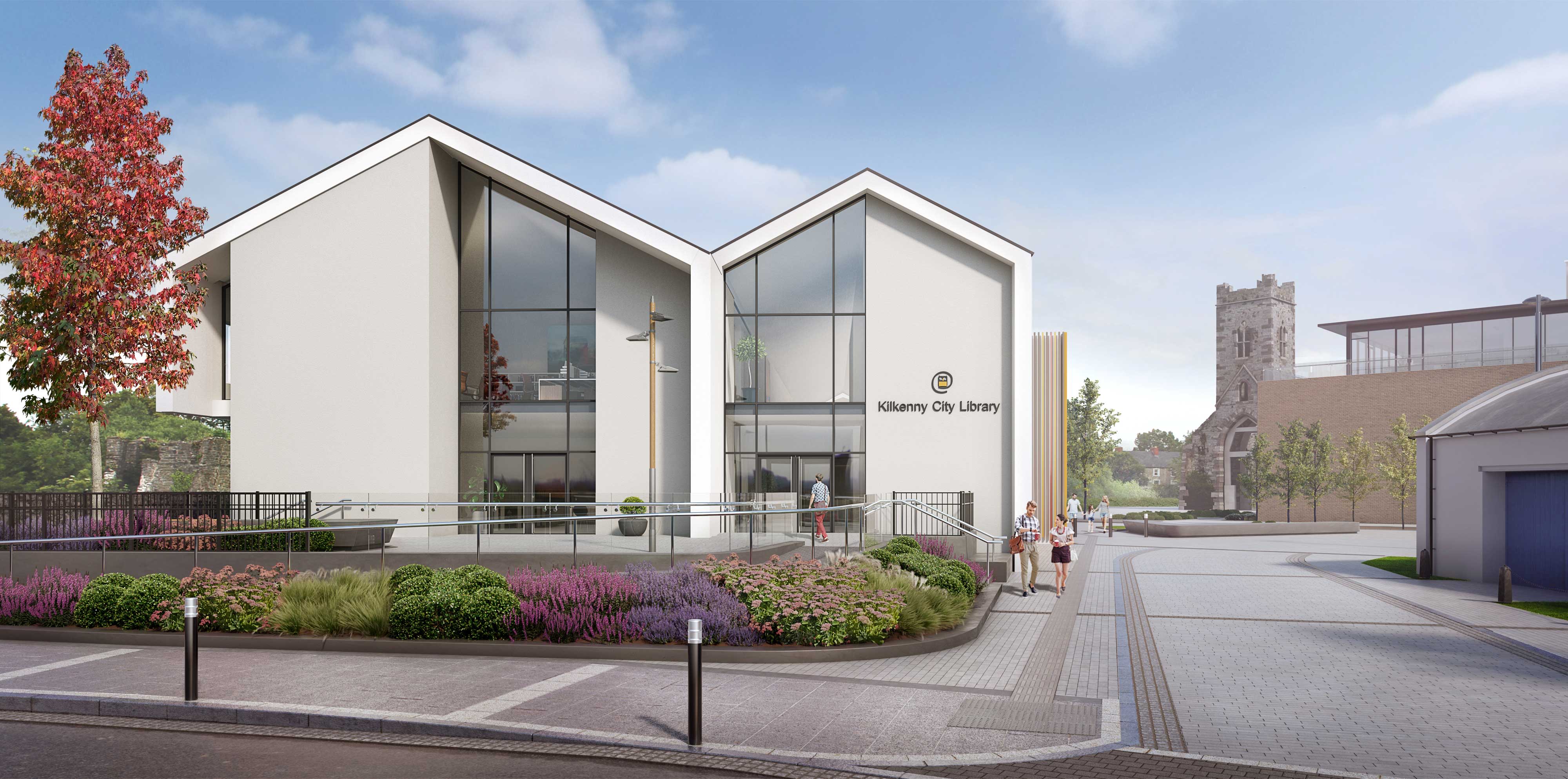
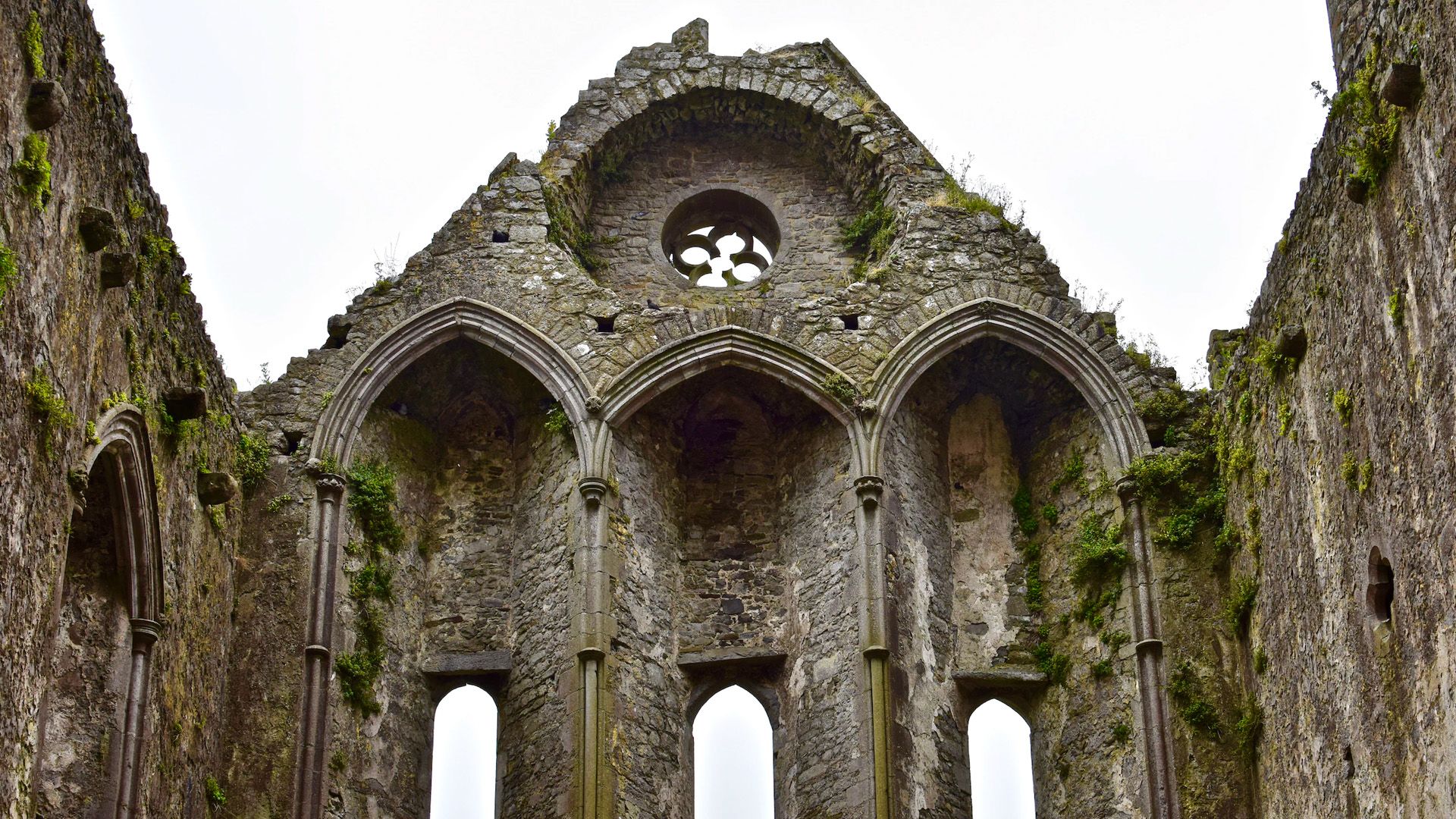

The new Butler Gallery opened in the Evans Home in 2020. This incredible space has since become another focal point for the arts in the City, while the Wild Flower Cafe continues to bring flocks of locals through the doors.
The old Mayfair Ballroom in the heart of the Abbey Quarter will soon reopen as the Mayfair Library. With meeting rooms, exhibition areas and dedicated areas for children and teenagers, it might have lost its dancefloor, but it’s still a place for people to meet.
St Francis’ Abbey is a jewel on the site of the new Abbey Quarter. Its sculptural lines will become a fitting addition to Kilkenny’s historical hero line up including the beauty of St Canice’s Cathedral and Kilkenny Castle.
Kilkenny’s streets are proudly independent. By encouraging smaller retailers and business owners to populate our streets and by identifying and protecting our traditional shopfronts, we continue to breathe life into the unique character of the City.
The spaces between the buildings - the parks, footpaths, squares and views - where once these were an afterthought to where cars would drive, they are now focused on pedestrians.
It’s our intention to make public spaces be as multi-functional as possible. This has meant significant upgrades to paving, lighting and the integration of practical elements like rain shelters.
By concentrating these improvements on specific routes through the city, we are encouraging people to take pleasure in walking or cycling and to make active travel an integral part of their lifestyle.
